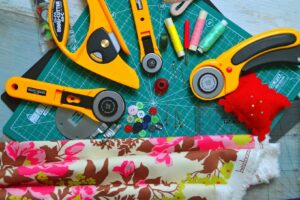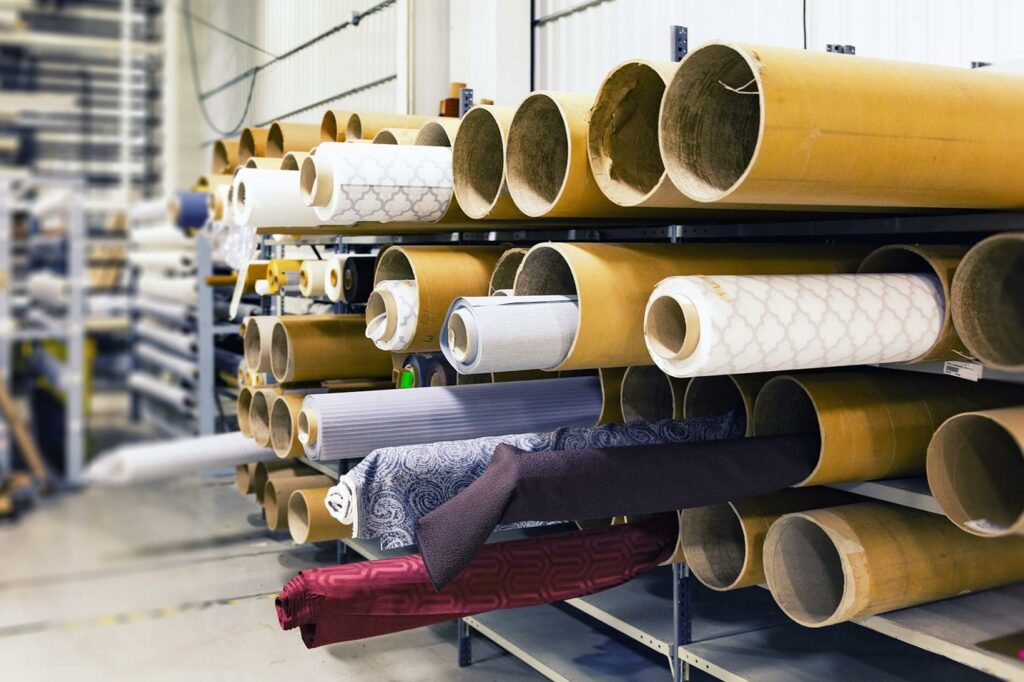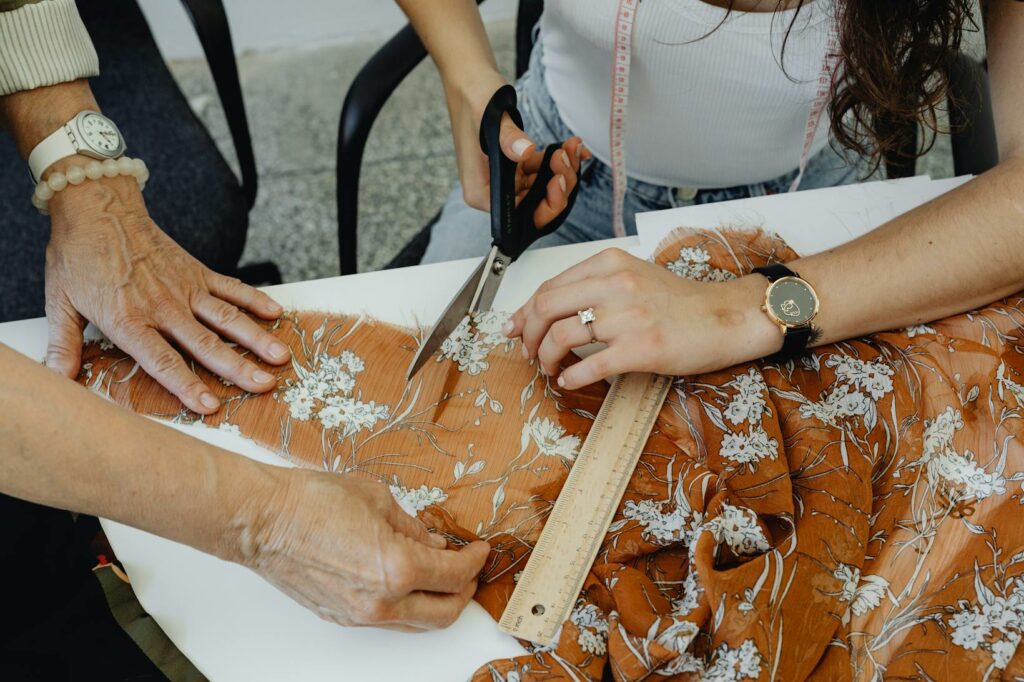During the Industrial Revolution, the textile industry underwent a profound transformation that reshaped economies and societies worldwide. Innovations in machinery and manufacturing processes revolutionized the way textiles were produced, leading to increased efficiency and output. This pivotal period in history marked the transition from traditional hand production methods to mechanized factories, laying the foundation for modern industrial practices.
Textile Industry Industrial Revolution

The textile industry saw a remarkable transformation during the Industrial Revolution, characterized by a shift from manual labor to mechanized production, revolutionizing the manufacturing landscape.
This evolution was fueled by key innovations and the exponential growth of textile factories, both of which played pivotal roles in shaping the industrial landscape of the era.
Key Innovations and Their Impact
Innovations such as the flying shuttle, spinning jenny, and power loom revolutionized textile production by significantly increasing productivity and streamlining the manufacturing process. These inventions mechanized the industry, allowing for faster and more efficient cloth production than ever before. The impact of these innovations was profound, leading to a surge in textile output, reduced labor requirements, and lower production costs, thus making textiles more affordable and accelerating industrial growth.
Expansion of Textile Factories
The Industrial Revolution witnessed a rapid expansion of textile factories, which sprang up across regions with access to waterways and later coal-powered steam engines. These factories centralized production, bringing together workers and machines under one roof. The concentration of machinery and labor in these factories enabled economies of scale, leading to increased production capacity and the establishment of industrial hubs. The expansion of textile factories not only met the escalating demand for textiles but also laid the foundation for modern industrial practices that continue to shape manufacturing processes today.
Major Textile Inventions and Their Inventors
The Industrial Revolution saw the emergence of groundbreaking textile inventions, transforming the industry and paving the way for modern manufacturing practices. Here are some major textile inventions and their inventors:
The Spinning Jenny by James Hargreaves
 James Hargreaves, an English weaver, invented the Spinning Jenny in the 1760s. This revolutionary spinning frame allowed one worker to spin multiple spindles of yarn simultaneously, boosting productivity and efficiency in yarn production.
James Hargreaves, an English weaver, invented the Spinning Jenny in the 1760s. This revolutionary spinning frame allowed one worker to spin multiple spindles of yarn simultaneously, boosting productivity and efficiency in yarn production.
The Spinning Jenny played a pivotal role in accelerating textile manufacturing during the Industrial Revolution.
The Water Frame by Richard Arkwright
Richard Arkwright, a British inventor and entrepreneur, developed the Water Frame in the 1760s. This water-powered spinning frame was a significant advancement in textile production, enabling high-volume thread spinning with minimal manual labor. The Water Frame revolutionized the industry by mechanizing the spinning process and increasing the scale of textile production exponentially.
Socioeconomic Effects of the Textile Industry Revolution
The Industrial Revolution brought profound changes to the textile industry, transforming labor practices and urban landscapes.
Changes in Labor Practices
The mechanization of textile production during the Industrial Revolution significantly altered labor practices. Workers transitioned from predominantly manual labor to operating machinery in factories. This shift led to the emergence of the factory system, where workers, including women and children, toiled long hours in often harsh conditions to meet the demands of mass production. The introduction of mechanized spinning and weaving processes reduced the need for skilled artisans, affecting traditional craft-based employment patterns.
Impact on Urbanization
 The growth of mechanized textile manufacturing had a direct impact on urbanization patterns during the Industrial Revolution. As factories sprang up in industrial centers to accommodate the booming textile industry, rural populations migrated to urban areas in search of employment opportunities in factories.
The growth of mechanized textile manufacturing had a direct impact on urbanization patterns during the Industrial Revolution. As factories sprang up in industrial centers to accommodate the booming textile industry, rural populations migrated to urban areas in search of employment opportunities in factories.
This influx of workers fueled rapid urbanization, leading to the development of industrial towns and cities. Urban centers became hubs of textile production, with factory chimneys dominating the skyline as a symbol of industrial progress. The concentration of textile mills in urban areas not only facilitated the mass production of textiles but also shaped the socioeconomic landscape of these burgeoning industrial cities.
The Industrial Revolution revolutionized the textile industry, ushering in a new era of mechanized production that forever changed manufacturing processes. This period laid the foundation for automated weaving and mechanized spinning, showcasing the lasting impact of industrial innovation. The legacy of the Industrial Revolution in the textile industry continues to drive technological advancements and shape the way we produce textiles today.



